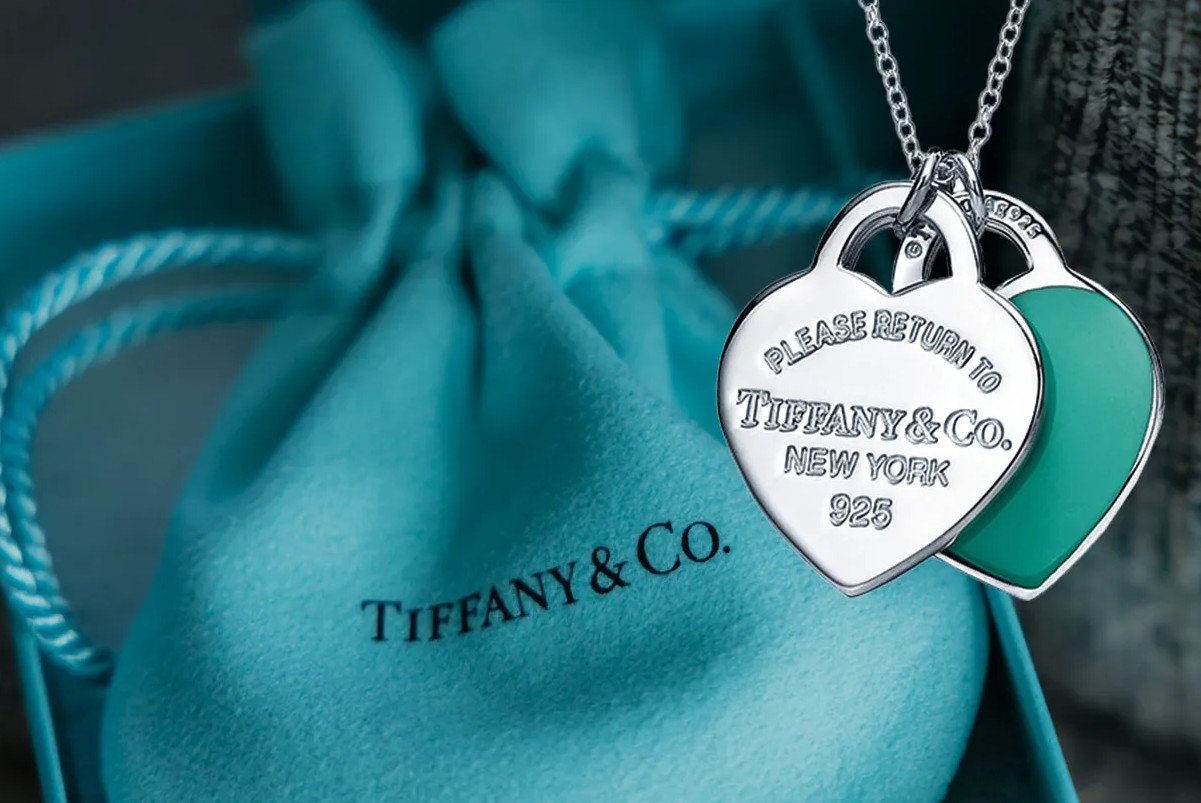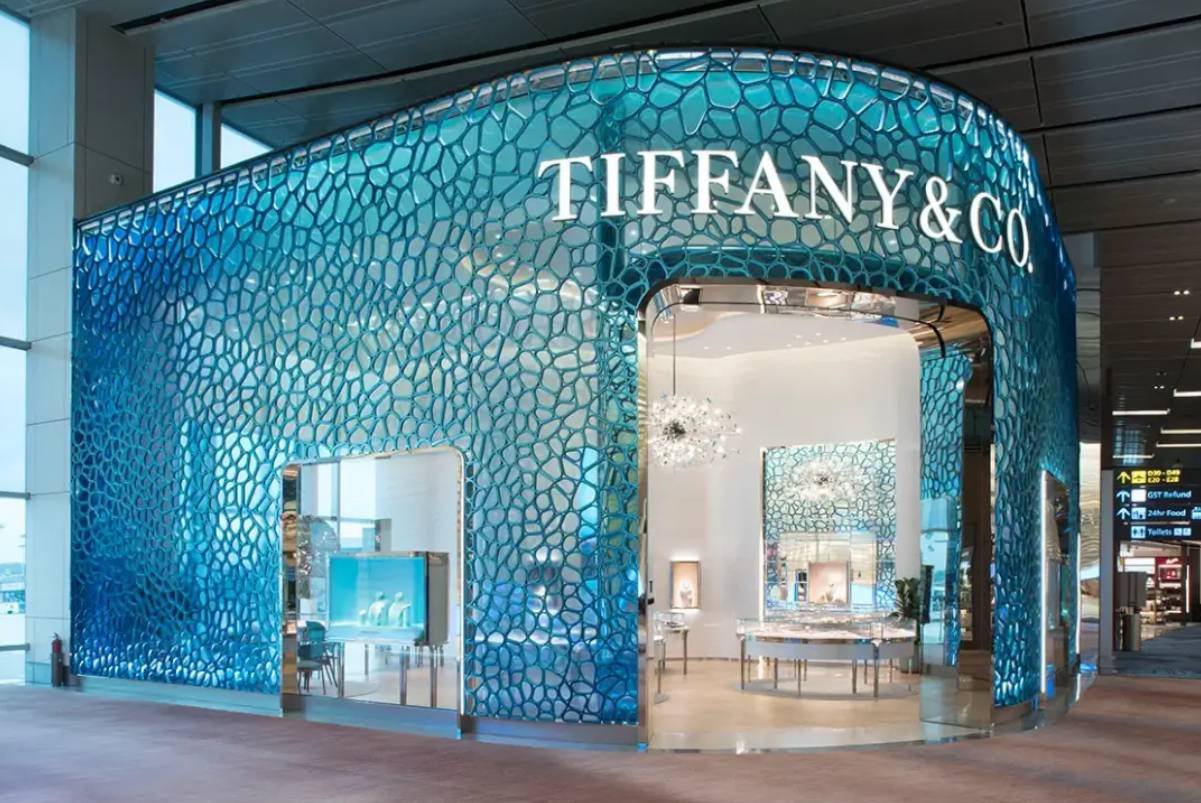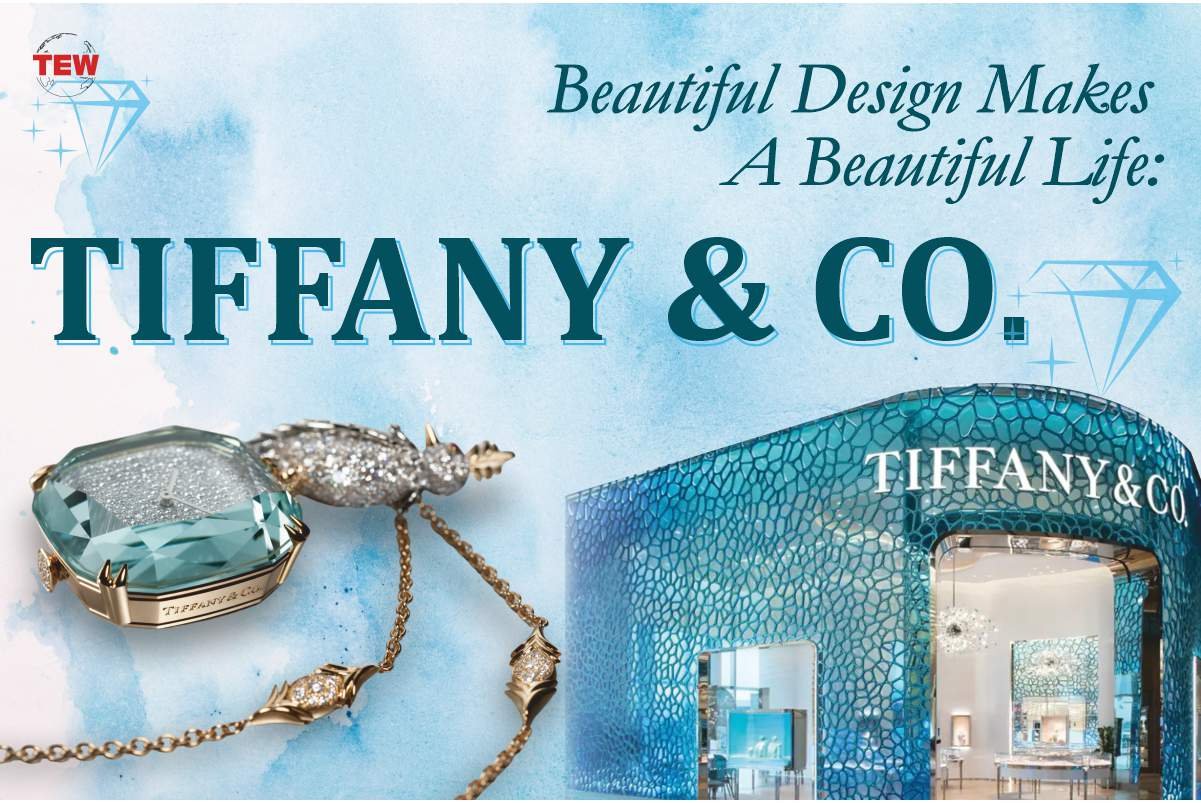The huge bodies of water reflected the Metroid shower passing by. The eruptions resembled fancy fountains with red glitterous lava flowing into the sea. It seems like a party of chaos but the most beautiful one. As if nature was creating itself, forming mountains and sea, under the light of the newly formed moon. One more thing was created in this ceremony of chaos when the carbon atoms collided with each other in extreme conditions. As the pressure was about 50,000 times the pressure at the surface and the temperature exceeded 1600°C, the carbon atoms bonded with 4 others, and diamonds were formed.
All of this, for a man (Charles Lewis Tiffany, 1812–1902) to put that diamond on a ring billions of years later and establish Tiffany & Co.—“the store of his dream.” He not only sold jewelry but gave the world something to dream about. He was selling a dream that would change the face of luxury and jewelry forever. This article is the breakdown of this very dream and the company sells it.
Time Line of Tiffany & Co.
- 1830s and 40s – Founded in 1838 by Charles Lewis Tiffany (1812–1902) and his partner, J. B Young, as Tiffany & Young, a “fancy goods” store on Broadway in New York. Charles Lewis Tiffany introduced the iconic blue color in the 1840s.
- 1853 – Charles Lewis Tiffany took sole control, renaming it Tiffany & Co.
- 1870s – Moved to a grand store in Union Square in 1870. Became a hub for New York’s elite, known for Japonesque-style silverware and diamond jewelry.

- 1878 – Purchased the Tiffany diamond, a massive 128.54-carat canary yellow stone.
- 1880s – Introduced the Tiffany setting in 1886. Won awards for designs at international exhibitions.
- 1900s – Louis Comfort Tiffany became the first design director in 1902.
- 1920s & 30s – Flourished through the Art Deco era and embraced the 30s Retro or cocktail style.
- 1950s – Introduced designer-jeweler Jean Schlumberger in 1956.
- 1970s & 80s – Designers Elsa Peretti (1974) and Paloma Picasso (1980) joined.
- 2000 – The Tiffany & Co. Foundation was established, committing to environmental support.
- 2015 – Committed to net-zero greenhouse gas emissions by 2050.
- 2020 – Launched the Diamond Craft Journey, revealing the countries of origin for diamonds.
- 2023 – Unveiled the Landmark at 57th Street and Fifth Avenue, featuring 10 floors of stunning creations and custom works.
Products and Legacy:
The Diamond King
Charles Lewis Tiffany, a visionary entrepreneur driven by a profound passion for acquiring the most exceptional and rare gemstones, laid the foundation for luxury as we recognize it today. In 1837, he inaugurated Tiffany & Co. in New York City as a purveyor of fancy goods and stationery. Mr. Tiffany’s ground-breaking acquisition of jewels from French aristocrats during the 1840s marked a pivotal moment. He introduced major gemstones to the United States for the first time. This move reached widespread attention, and the press awarded Tiffany the illustrious title of “The Diamond Kings,” a distinction the House proudly upholds to this day.
| The Modern Engagement Ring | The Blue Box |
| The first Tiffany Setting, introduced in 1886, had a single diamond lifted above the ring by six platinum prongs. Melvyn Kirtley, the top gem expert at Tiffany, says, “These prongs lift the diamond off the ring and into the light.” Lifting the diamond off the finger and letting in as much light as possible makes it sparkle a lot. | A hundred years later, Tiffany added the finishing touch to their famous packaging. A white satin ribbon on all their Blue Boxes. It’s carefully tied into a bow, and with a gentle pull, it opens up to show the amazing Tiffany item inside. The Blue Box is known all over as the most famous and wanted packaging globally. It is a tradition that goes back to the time our founder started the company. |
| Legacy of Gemstones | Symbol of Love |
| Tiffany has a fascinating history rooted in exploration and a love for rare gems, driven by the passion of its founder. Back in the day, Charles and his gem experts not only showed the world brand-new gemstones but also played a big role in making Tiffany & Co. a famous jeweler worldwide. One such gem introduced by Tiffany in 1968 is tanzanite, known for its beautiful blue color and named after Tanzania, where it comes from. Tiffany’s collection also boasts centuries-old favorites like rubies, emeralds, and sapphires, all of top-notch quality. | Charles Tiffany was the first jeweler to make diamond rings a symbol of love. In 1886, he created the Tiffany Setting which became a world-famous engagement ring. For over 130 years, this ring has been a part of many incredible love stories. This innovation didn’t just make Tiffany & Co. a jewelry store, it turned it into a place known for classic designs, amazing craftsmanship, and celebrating love. |
Market Analysis:
(Source: https://www.statista.com/)
Tiffany & Co. has consistently demonstrated robust brand value on the global stage, with a noteworthy trajectory from 2010 to 2023. In 2023, the iconic brand reached a staggering brand valuation of around seven billion U.S. dollars, showcasing a remarkable surge of nearly 500 million dollars from the preceding year. This significant increase underscores the enduring appeal of Tiffany & Co. along with its ability to elevate brand value in a competitive market.
Let’s break down the factors that resulted in the exponential growth of this brand.
- Consistent Financial Performance: The brand’s financial strength is evident in the nearly 500 million dollar surge in brand value compared to the previous year, highlighting its ability to navigate and excel in the market.
- Enduring Appeal: Tiffany & Co.’s enduring appeal lies in its legacy of luxury, exceptional craftsmanship, and timeless elegance, making it a preferred choice for consumers seeking prestige and quality.
- Competitive Market: Operating in a competitive market it has not only maintained its market position but has also enhanced its standing, reflecting its strategic market approach.

- Global Recognition: The brand’s global recognition is reflected in its substantial brand value, signifying that it has successfully positioned itself as a symbol of luxury on a worldwide scale.
- Consumer Resonance: The consistent growth in brand value suggests that Tiffany & Co. continues to resonate with consumers, leveraging its heritage and distinctive offerings to maintain a strong market presence.
- Adaptability: the brand’s ability to adapt to evolving market dynamics is evident in its financial performance, indicating a brand that stays attuned to consumer preferences and market trends.
- Strategic Initiatives: The brand’s strategic initiatives, possibly in areas such as marketing, product innovation, or market expansion, have likely contributed to its impressive brand value growth.
This comprehensive market analysis illuminates Tiffany & Co.’s prowess in navigating the market, solidifying its status as a global leader in the luxury segment.
Tiffany & Co. Net Sales worldwide by region – 2013 to 2019
(Source: https://www.statista.com/)
Tiffany and Co.’s market strategies from 2013 to 2019 reflect a concerted effort to capture global luxury markets evidenced by the geographical breakdown of net sales. Throughout this period, the company strategically diversified its operations to cater to various regions. The Americas emerged as a stronghold, contributing significantly to Tiffany’s overall net sales. With approximately 1.92 billion U.S. dollars in net sales in 2019, the Americas region proved pivotal to the brand’s financial success. This underscores Tiffany’s adept market positioning and targeted marketing efforts to resonate with consumers in the Americas. The brand likely implemented tailored strategies such as product differentiation, brand image cultivation, and effective pricing to appeal to the tastes of the luxury market. The data signifies Tiffany’s ability to capitalize on diverse markets, demonstrating a well-rounded global market strategy during this period.
Let’s dissect these strategies for a broad perspective
Marketing Strategies:
- Product Differentiation: Tiffany & Co. focused on creating unique and iconic jewelry pieces, emphasizing craftsmanship and design excellence. The brand’s commitment to quality and distinctiveness set its products apart in the competitive luxury market, attracting more consumers.
- Brand Image Cultivation: The brand strategically cultivated a strong and aspirational brand image. Tiffany’s iconic blue box and the legacy associated with its name were leveraged to convey a sense of prestige. This branding strategy contributed to customer loyalty and attracted new consumers aspiring to be part of the Tiffany experience.
- Strategic Marketing Campaigns: Tiffany & Co. likely invested significantly in strategic marketing campaigns to enhance brand visibility and desirability. Collaborations with renowned artists, celebrities, and influencers, as well as high-profile events and sponsorships, were likely key components of their marketing strategy to create a buzz.

- Global Expansion: The geographical breakdown of sales suggests a deliberate global expansion strategy. Tiffany and Co. strategically strengthened its presence in various markets worldwide, adapting its products and marketing to resonate with diverse cultures. This approach helped to tap into emerging markets while maintaining a strong foothold in established ones.
- Customer Engagement and Experience: Tiffany and Co. likely invested in providing exceptional in-store and online experiences. Personalized services, exclusive events, and a focus on customer satisfaction may have been integral to their strategy. As it aims to create a memorable and positive association with the brand.
- Adaptation to Market Trends: Tiffany & Co. would have closely monitored and adapted to evolving market trends. This adaptability could include responding to changes in consumer behavior, embracing e-commerce, and incorporating sustainable practices to align with the growing demand.
- Pricing Strategy: The brand likely employed a carefully calibrated pricing strategy, balancing exclusivity with market demand. Tiffany’s ability to position its products at a premium while maintaining perceived value would have been crucial in sustaining healthy profit margins.
These market strategies collectively reflect Tiffany and Co.’s comprehensive approach to global market dynamics. Ensuring sustained growth in the luxury jewelry sector from 2013 to 2019.
Conclusion
Tiffany & Co. is not just a jewelry store, it’s a place filled with stories and a long history of discovering beautiful and rare gems. Thanks to Charles Lewis Tiffany’s passion, the brand became famous for introducing the world to unique gemstones. From the rich blue tanzanite to timeless favorite rubies and sapphires, Tiffany’s collection is known for its top-notch quality.
The variety of gemstones, each with its own special rarity, makes Tiffany a unique destination for those who appreciate beauty and craftsmanship in jewelry. Through Metroid showers and Lava eruptions, breaking and forming of lands and seas, nature created diamonds. However, Tiffany & Co. made a dream out of it, a dream that clung to everyone with desire and temptations. A dream to someday possess something so perfect in our realm of imperfection.






